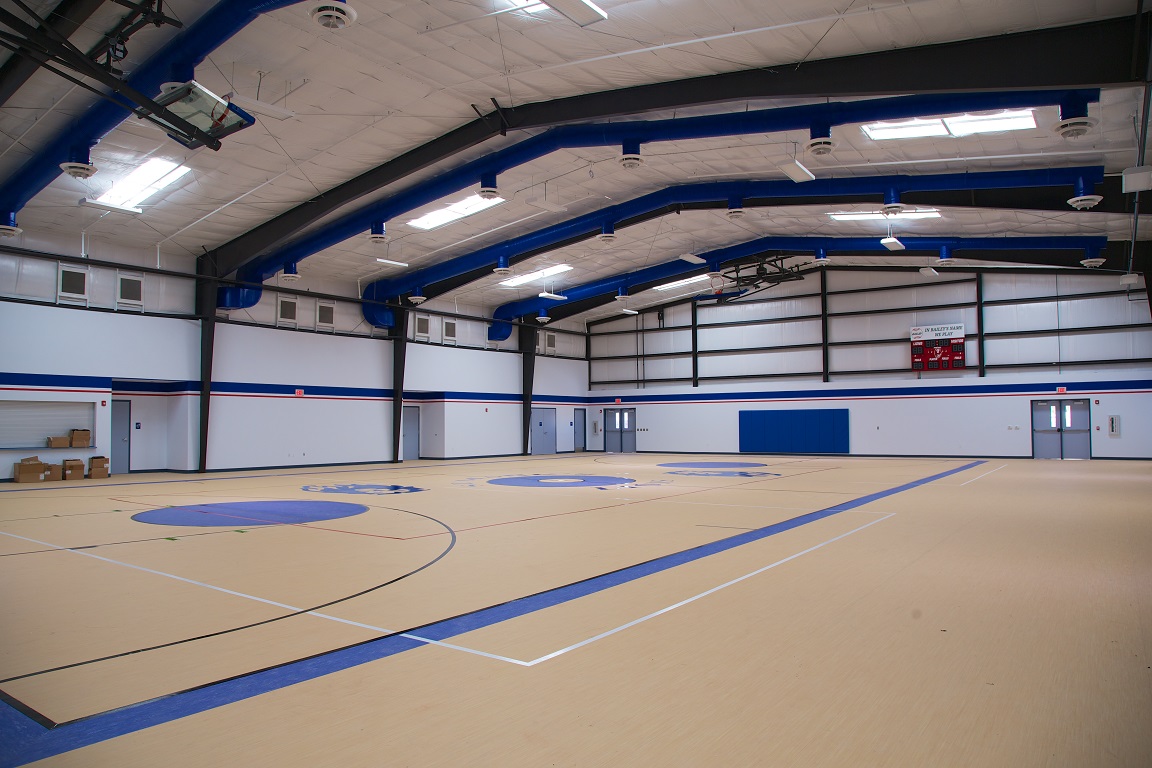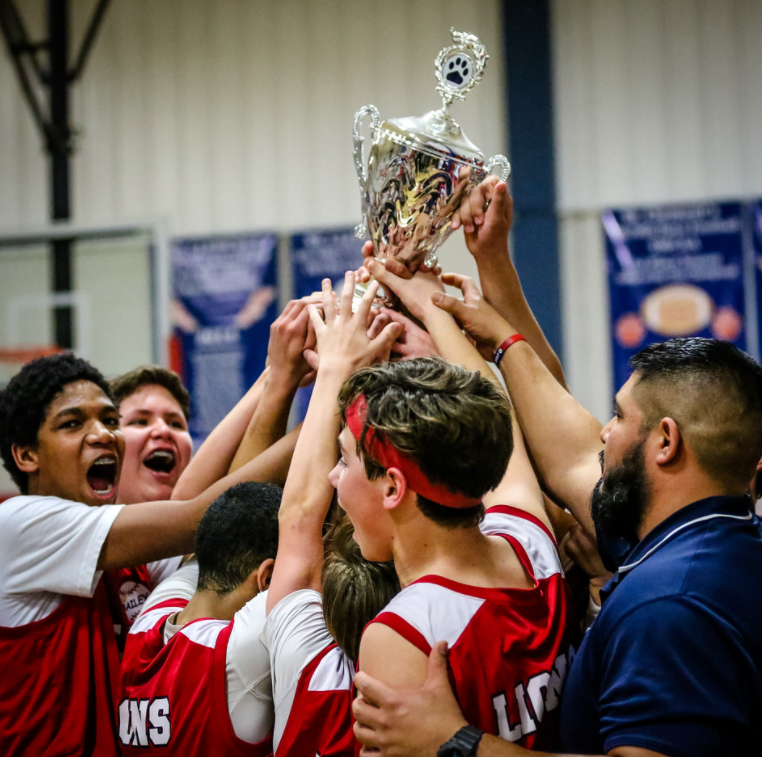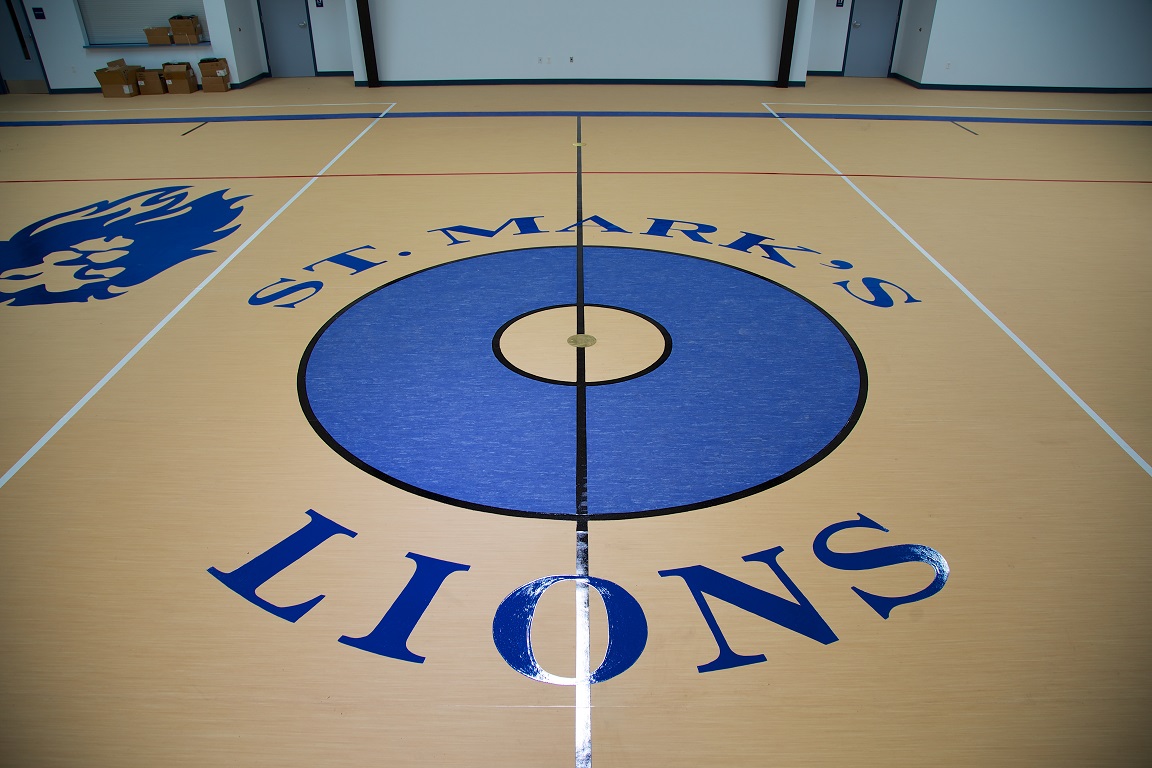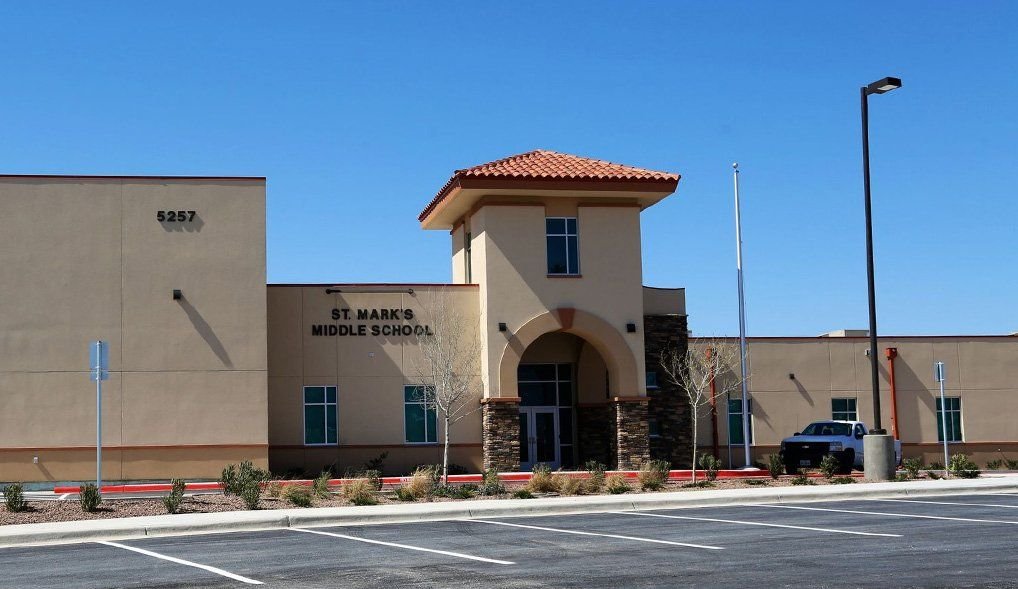
Physical Education
Our Physical Education Program follows the Texas Essential Knowledge and Skills (TEKS) mandated by the State Board of Education.
 (1) In Physical Education, students acquire the knowledge and skills for movement that provide the foundation for enjoyment, continued social development through physical activity, and access to a physically-active lifestyle. The student exhibits a physically-active lifestyle and understands the relationship between physical activity and health throughout the lifespan.
(1) In Physical Education, students acquire the knowledge and skills for movement that provide the foundation for enjoyment, continued social development through physical activity, and access to a physically-active lifestyle. The student exhibits a physically-active lifestyle and understands the relationship between physical activity and health throughout the lifespan.
(2) In Grades Kinder-2nd, children learn fundamental movement skills and begin to understand how the muscles, bones, heart, and lungs function in relation to physical activity. Students begin to develop a vocabulary for movement and apply concepts dealing with space and body awareness. Students are engaged in activities that develop basic levels of strength, endurance, and flexibility. In addition, students learn to work safely in group and individual movement settings. A major objective is to present activities that complement their natural inclination to view physical activity as challenging and enjoyable.
(3) The focus for kindergarten students is on learning basic body control while moving in a variety of settings. Students become aware of strength, endurance and flexibility in different parts of their bodies and begin to learn ways to increase health-related fitness.
(4) In Grades 3-5, students continue to develop strength, endurance, and flexibility. Students can demonstrate mature form in fundamental locomotor and manipulative skills and can often maintain that form while participating in dynamic game situations. Identifying personal fitness goals for themselves and beginning to understand how exercise affects different parts of the body is an important part of the instructional process.
 (5) In Grade 3, students begin to learn and demonstrate more mature movement forms. Students also learn age-specific skills and the health benefits of physical activity. Students begin to learn game strategies, rules, and etiquette.
(5) In Grade 3, students begin to learn and demonstrate more mature movement forms. Students also learn age-specific skills and the health benefits of physical activity. Students begin to learn game strategies, rules, and etiquette.
(6) Fourth grade students learn to identify the components of health-related fitness. Students combine locomotor and manipulative skills in dynamic situations with body control. Students begin to identify sources of health fitness information and continue to learn about appropriate clothing and safety precautions in exercise settings.
(7) Fifth grade students demonstrate competence such as improved accuracy in manipulative skills in dynamic situations. Basic skills such as jumping rope, moving to a beat, and catching and throwing should have been mastered in previous years and can now be used in game-like situations. Students continue to assume responsibility for their own safety and the safety of others. Students can match different types of physical activities to health-related fitness components and explain ways to improve fitness based on the principle of frequency, intensity, and time. Students continue to learn the etiquette of participation and can resolve conflicts during games and sports in acceptable ways.
(8) In Grades 6-8, students understand in greater detail the function of the body, learn to measure their own performance more accurately, and develop plans for improvement. They learn to use technology such as heart rate monitors to assist in measuring and monitoring their own performance. Identifying the types of activities that provide them with enjoyment and challenge and that will encourage them to be physically active throughout life is reinforced during instruction in these grades.
 (9) Seventh grade students apply similar concepts from one sport or movement setting to another. Students can observe another individual's performance and notice key elements for success. At this grade level, students participate in physical activity both in and out of school while maintaining a healthy level of fitness as their bodies grow and change. Their knowledge of safety and the ability to manage their own behavior is reinforced. Instruction is directed more toward encouraging the incorporation of physical activity into a daily routine and less toward fundamental skill development.
(9) Seventh grade students apply similar concepts from one sport or movement setting to another. Students can observe another individual's performance and notice key elements for success. At this grade level, students participate in physical activity both in and out of school while maintaining a healthy level of fitness as their bodies grow and change. Their knowledge of safety and the ability to manage their own behavior is reinforced. Instruction is directed more toward encouraging the incorporation of physical activity into a daily routine and less toward fundamental skill development.
(10) In Grade 8, although the acquisition of physical fitness and skill development is important, emphasis is placed more on participation for enjoyment and challenge, both in and out of school. Understanding the need to remain physically active throughout life by participating in enjoyable lifetime activities is the basis for eighth grade instruction.
Elementary School & Middle School


Address: 5005 Love Rd, El Paso, TX 79922
Show on map

Phone: (915) 581-2032


Address: 5257 Charl Ann, El Paso, TX 79932
Show on map

Phone: (915) 875-8285







 Go back
Go back 




